Montana’s Vintage Neon Signs—an Endangered Species
It started with a random photo of the Top Notch Lunch sign in Great Falls. Originally an ice cream parlor, the sign was added in 1938 when the place became a diner. As I sat in a booth near the back of the cafe, enjoying a sloppy joe that was too big to pick up, I knew this sign was just the beginning. (Photo 1)
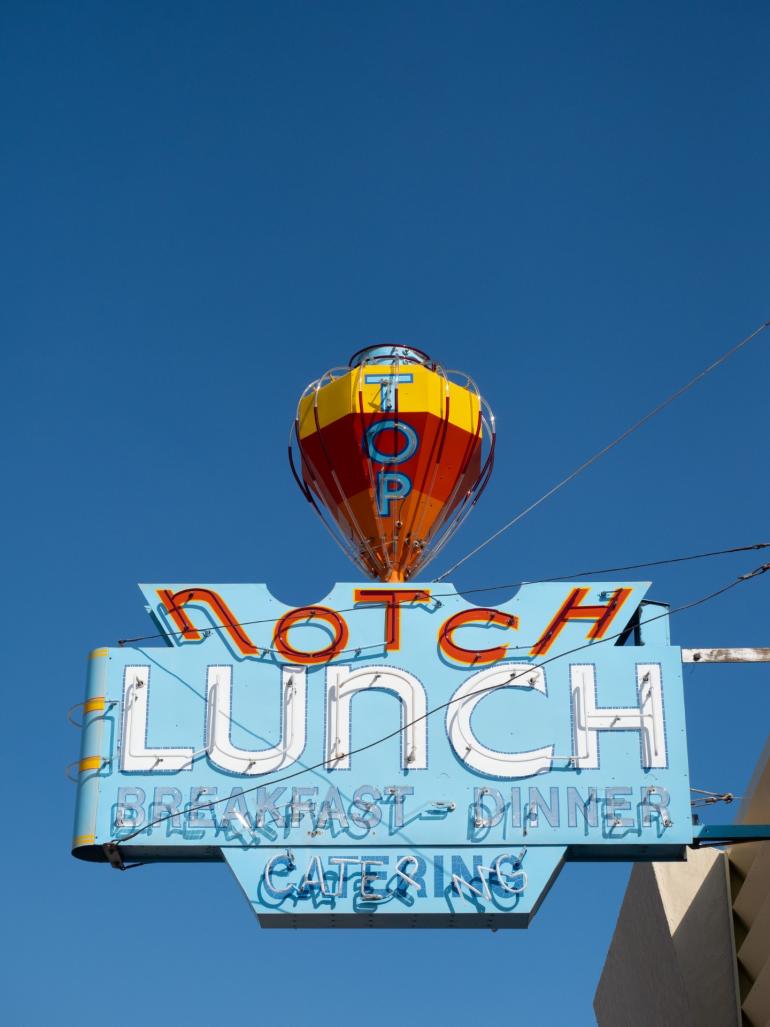
My quest to photograph vintage neon signs quickly turned into a full-blown obsession. Ducking into towns left behind when interstate highways bypassed them and seeking out the historic districts in bigger cities, I discovered fourteen Mint Bars and twelve Stockman Bars—the two most common independent bar names in the state. One-tavern towns didn’t have fancy signs. There’s no need when you’re the only game in town. But where competition was stiff—Livingston and Lewistown, Shelby and Miles City—the signs enticed patrons to join in happy hour or have a meal. I, too, was enticed. So began the journey to photograph these endangered vintage neon signs that are the pride and joy of owners and the heart of the communities they enhance.
The Pride of Owners and Patrons
One such owner is Peggy Rost. Peggy’s grandparents owned the Corner Bar in downtown Helena. A 1949 photo of the Budweiser Clydesdales delivering beer in Helena’s gulch shows the Corner Bar sign in the background. When the bar moved to the west end in 1958, the sign moved, too. Peggy says, “It needs some work but I’m afraid to find out how much it’ll cost.” Bar patrons have been taking up a collection. It just shows how much these nostalgic signs are worth to both owners and customers. (Photo 2)
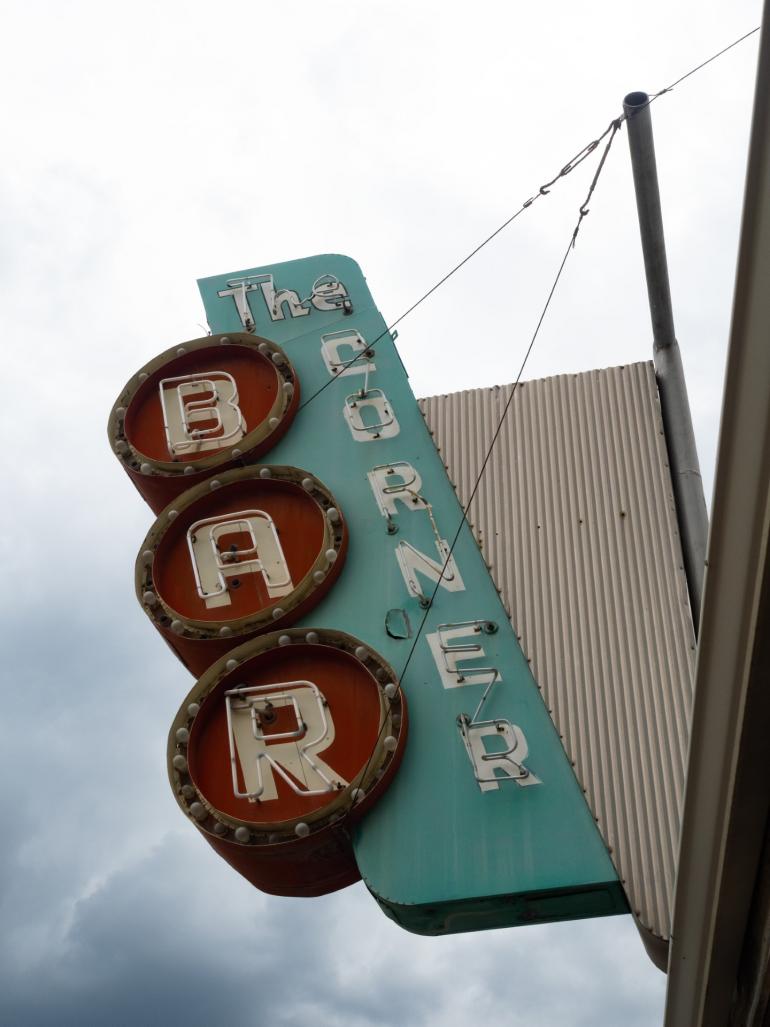
Harry Klock’s Stockman Bar sign is a treasure in Harlowton. He’s rightfully proud of his bar, its original 1940s sign he says needs repainting, and the circa 1896 cherrywood backbar with inlaid mother of pearl. The backbar, originally from the long-gone Stockman Bar in Billings, moved to Harlowton’s Stockman Bar in 1942. The backbar’s mirrors cover murals. Harry wonders if Charlie Russell painted them. If he did, Harry knows he’ll have more than enough money to repaint the sign. (Photo 3)
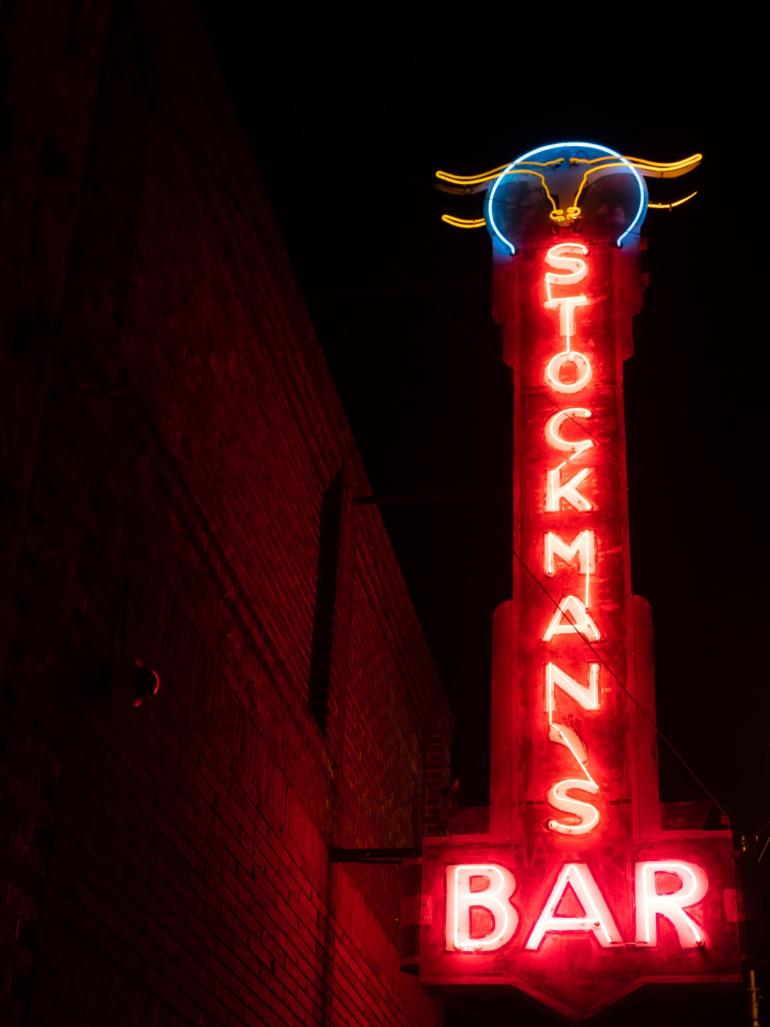
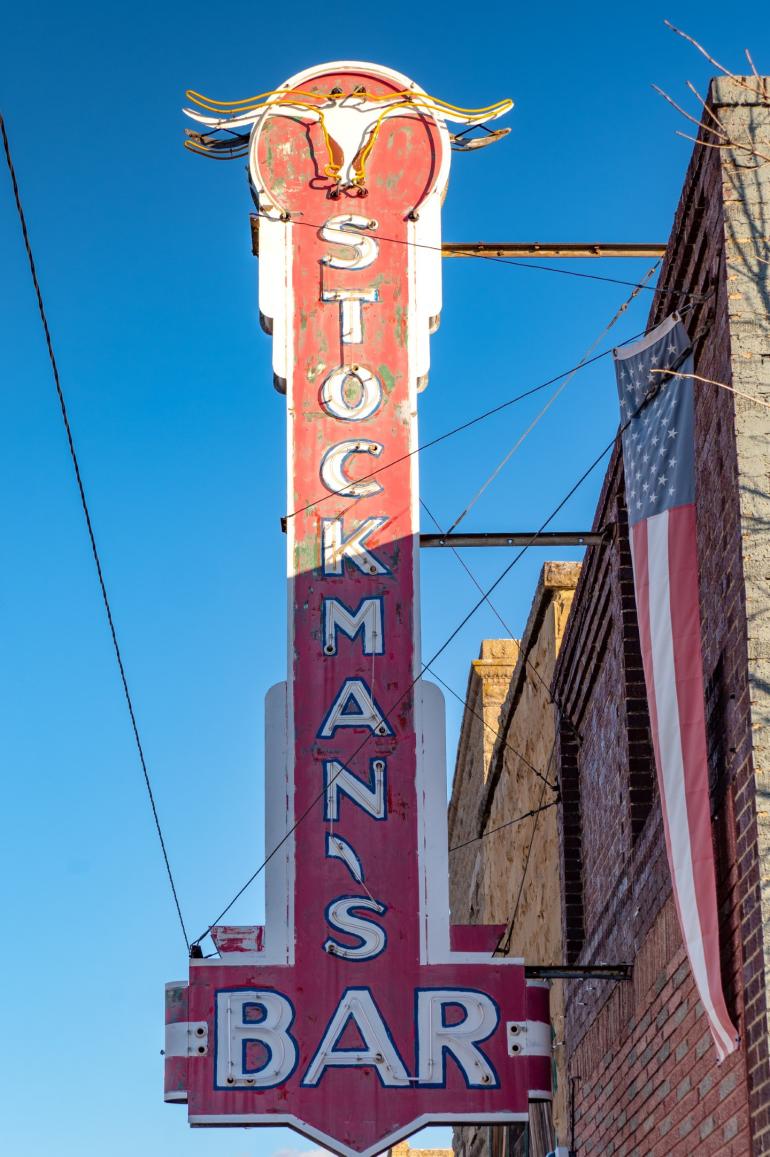
These vintage neon signs are clearly a point of pride for business owners. It goes beyond the owners, though. Mikki Jo McFarland, third generation owner of Miles City’s Bison Bar, says her patrons are very protective of the 1940s bison sign. Riding the bison, often an alcohol-fueled dare, is an event as popular as bull riding. Patrons blow the whistle when they see an attempt to summit the sign—no easy task now that a nearby tree is gone. (Photo 4)
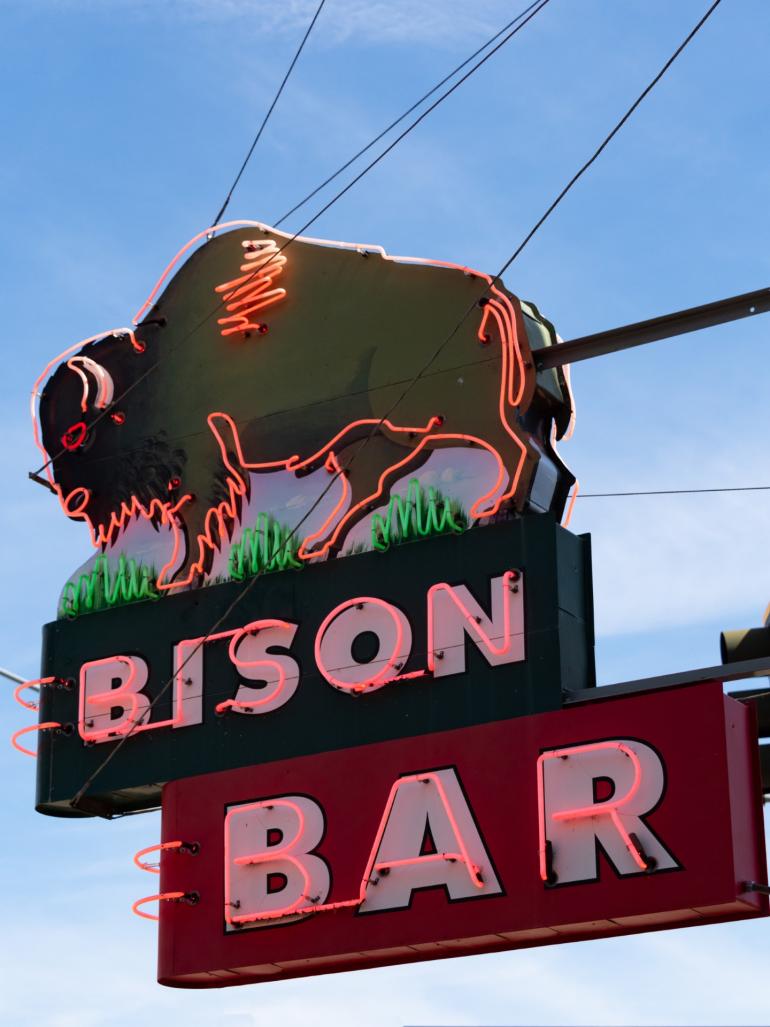

The Heart of the Community
In many towns, it’s not just the owners and patrons who cherish the business’s sign, it’s the entire community. Timber Bar, with its original sign, has been a Big Timber institution since the 1940s. Bartender Ross Ellett says, “It isn’t Big Timber without the sign.” Owners Frank and Melissa Chounet agree. In 1972, a gas explosion in the hardware store across the street blew out windows on much of the block. Somehow the sign survived unscathed. (Photo 5)

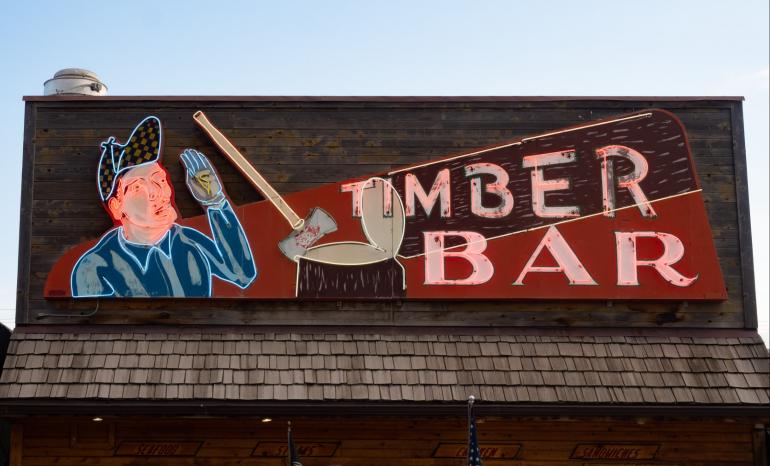
The Alibi Lounge sign survived, too. When Michelle and Bill McKinley bought the Alibi Lounge in Shelby, their intention was to take down the World War II era sign and rename the business. Mayor Larry Bonderud called with a simple plea: “Please don’t—it’s always been here.” After all, everyone needs an alibi—not that it worked for Jesse DeWese. Back in 1956, a dispute between DeWese, a dog catcher, and Arthur Sullivan, who refused to pay for his dog’s license, ended with Sullivan and an innocent bystander being shot dead in the Alibi. DeWese fled to the Mint Bar across the street and was arrested soon after. (Photos 6,7)
Sometimes it takes a village to save a sign. Chinook’s “The Lady in the Glass” sign was first put up in 1948, much to the chagrin of the proper womenfolk in town. They were scandalized by the cowgirl in a martini glass and by the sign’s other name—The Lass with Her Ass in the Glass. When the Elks Bar closed in 1993, the sign sold, landing in storage in Malta. Anita Magnuson and the Lady in the Glass Committee raised funds, purchased the massive sign, and had it refurbished and rehung in its original location. Gabe Harry tells me the building’s owners, Don and Jill Leo, light it for special occasions—like Gabe’s wedding day—and for the all-class reunion. Special occasions, indeed. (Photo 8)
A Love/Hate Relationship
The cost of repairing and maintaining a vintage neon sign is high. And owners have a love/hate relationship with their signs because of it. A neon stream with a single fish blinks haphazardly on Montana Tavern’s sign. The sign symbolizes Spring Creek that runs beneath the building and can be viewed through a cut-out in the bar’s floor. “Some days part of the stream doesn’t light up. I think it’s the humidity or cold temperature,” the manager, Amy MacBlaine, says. “Fingers crossed it keeps working. The guy who used to fix it doesn’t do it anymore.” (Photo 9)
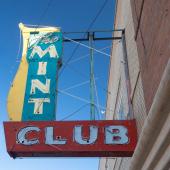
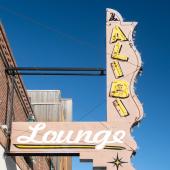
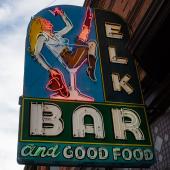
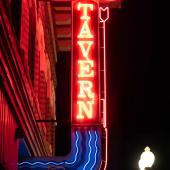
Luckily for Lariat Motel’s owner, Waylon Fortune, Ben Parrish of Billings Sign Service still moves signs. Waylon grew up in Hardin. At that time, the Lariat Motel had a sign at the entrance and one with an arrow on top of the hardware store several blocks away. When Waylon bought the motor inn, the entrance sign was gone so he had the remaining sign moved. “Our sign is our anchor,” Waylon says. Now the Woody look-alike marks the motel entrance and resembles the vintage Lariat Motel postcard he shows me—one that was left for guests back when Gideon bibles were always found in the nightstand drawer. (Photo 10)
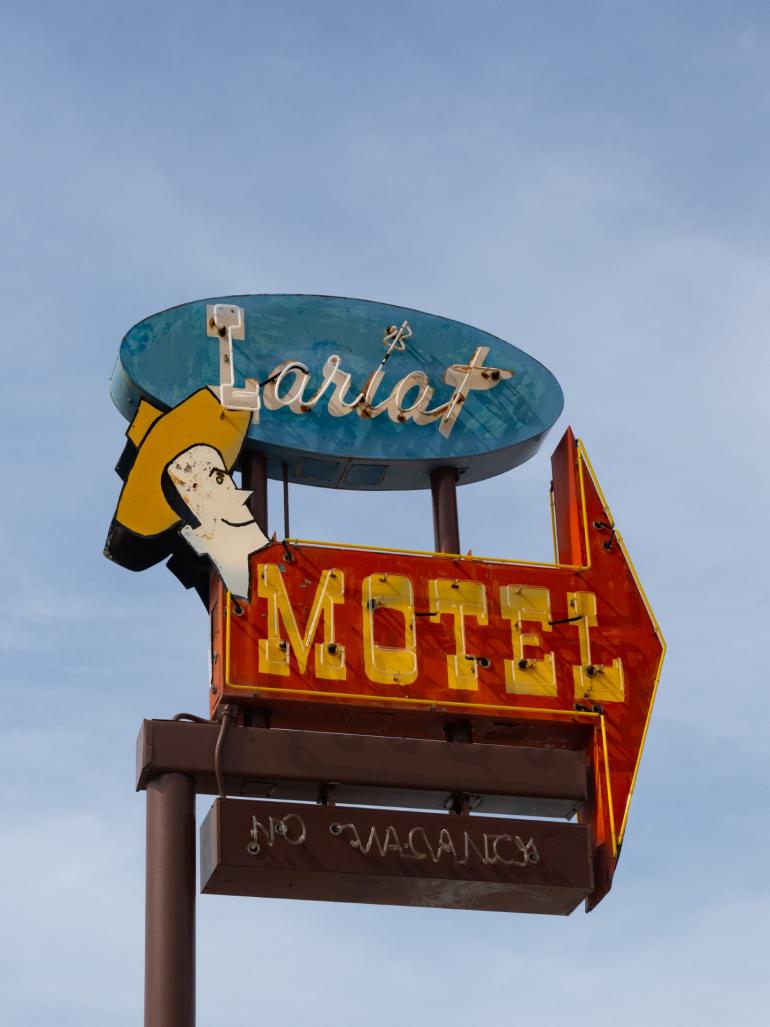
The Lost Art of Neon Bending
Along with moving signs, Ben Parrish keeps vintage signs up and running with the help of Glen and Katrina Banks. All three are neon benders. Neon benders heat and shape glass tubes, then fill them with either neon or argon gas. The type of gas, the phosphorescent coating inside the tube, and any tint in the glass determines the light’s color. Adding mercury makes the color more vibrant but is temperamental in cold weather.
Unlike newer box signs with light behind plexiglass, neon lights are exposed to hail, extreme temperatures, and wanna-be bison riders. Ben Parrish says, “Neon bending is a dying art.” That coupled with the rising cost of supplies adds up to the high price tags associated with maintaining and refurbishing vintage neon signs. For lack of craftsmen, Katrina Banks worries about these signs going from endangered to extinct, 110 years after their debut.
In the Beginning
Georges Claude introduced neon signs at the Paris Motor Show in 1910. A year later half a world away, Pekin Chop Suey opened in Butte. It’s the longest-continuously-run Chinese restaurant in the U.S. The exact age and manufacturer of its iconic sign aren’t known but an educated guess is Electric Products Corporation (now EPCON) likely made it. The company started in Great Falls in 1928 and was the first to make neon signs in Montana. In a 1929 newspaper article, EPCON directors said their company “is destined to grow until it leaves a blazing trail of light behind it in every part of Montana.” By 1930, the company employed sixty-nine men and brought in an astounding $50,000 per month in sales—$750,000 in today’s dollars. (Photo 11)
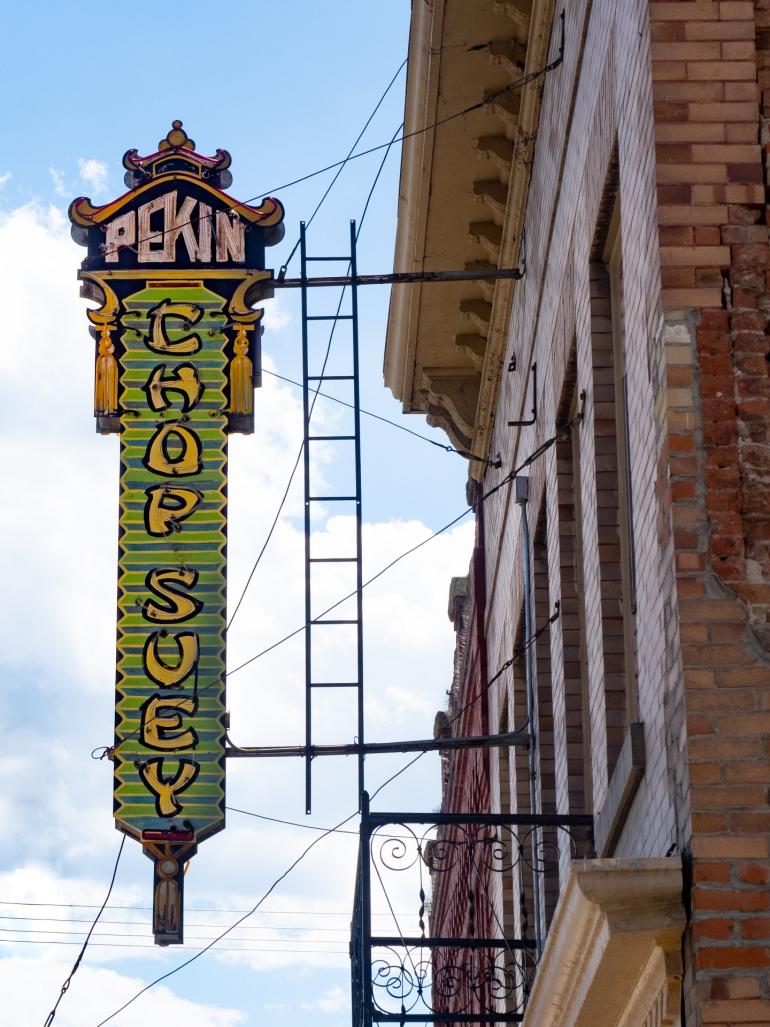
Trail Blazers
Blazing trails of neon signs lit Livingston’s streets and continue to do so today. As a gateway to Yellowstone National Park, visitors arrived by train in the early days of the park. Neon signs along Park Street advertising restaurants, bars, and the Murray Hotel (formerly the Elite Hotel) greeted them. Neon signs also lured patrons to the Mint Bar, Owl Lounge, and Hiatt Hotel a few blocks away. (Photos 12,13,14)
Here in Livingston, Anton Pirtz met Maria, his mail-order bride. As Maria stepped off the train, Anton spied her from behind a large pillar—was she the bride he’d hoped for? They married three days later.
Ahead of her time, Maria started the Rainbow Bar in Billings in 1935, even though as a woman she couldn’t own a business. Today, Maria’s granddaughter, Linda Jacobson, owns the bar. Its sign is one-of-a-kind now but not when Maria bought it. A man selling signs from the back of a pickup truck offered her two choices—a Rainbow Bar or a Silver Dollar Bar sign. Identical Rainbow Bar signs ended up in Roundup, Hilger, and Sheridan, Wyoming. Only the one in Billings remains. Refurbishing the sign is expensive, but Linda says it’s worth the effort. I wholeheartedly agree. (Photo 15)
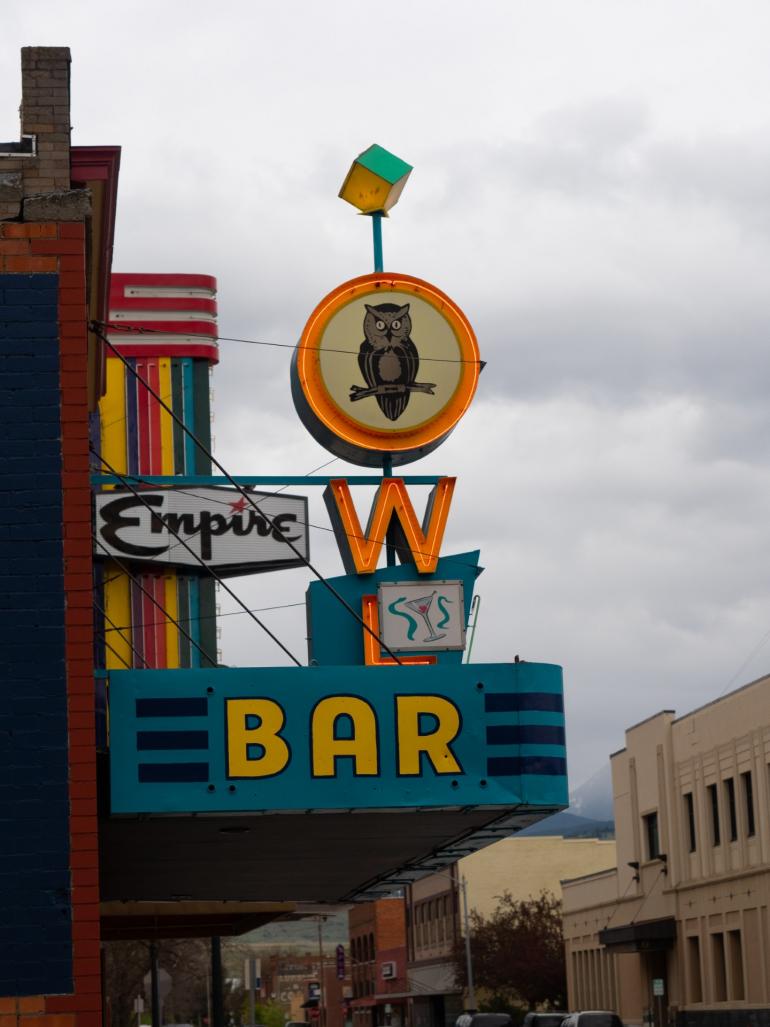
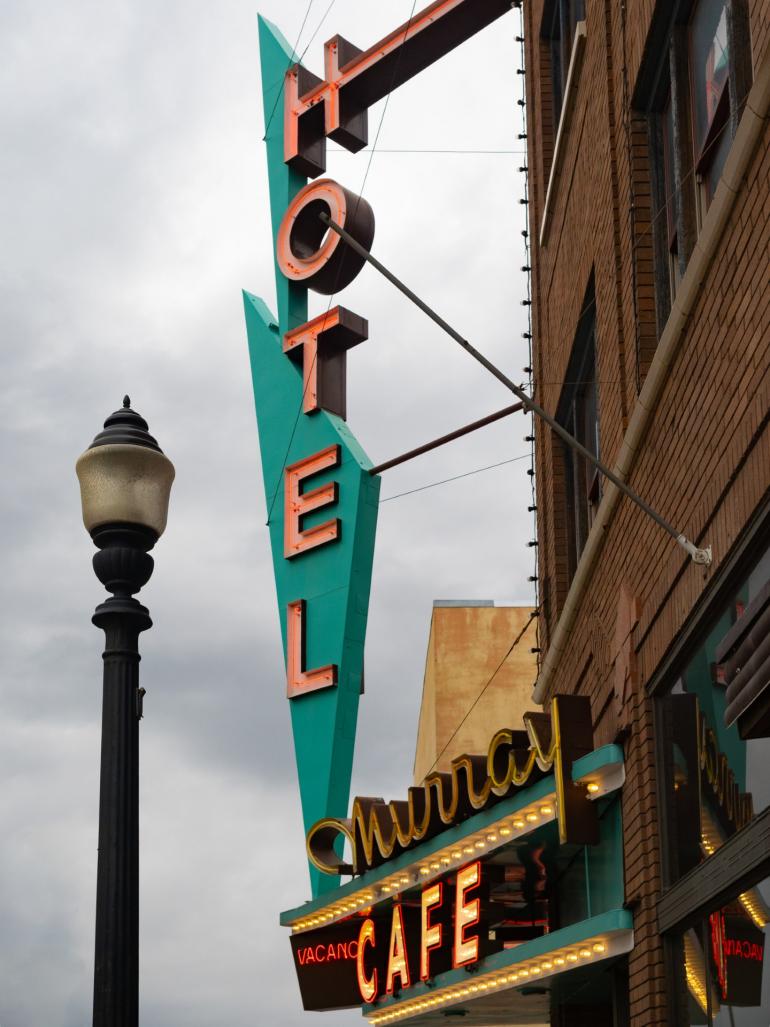
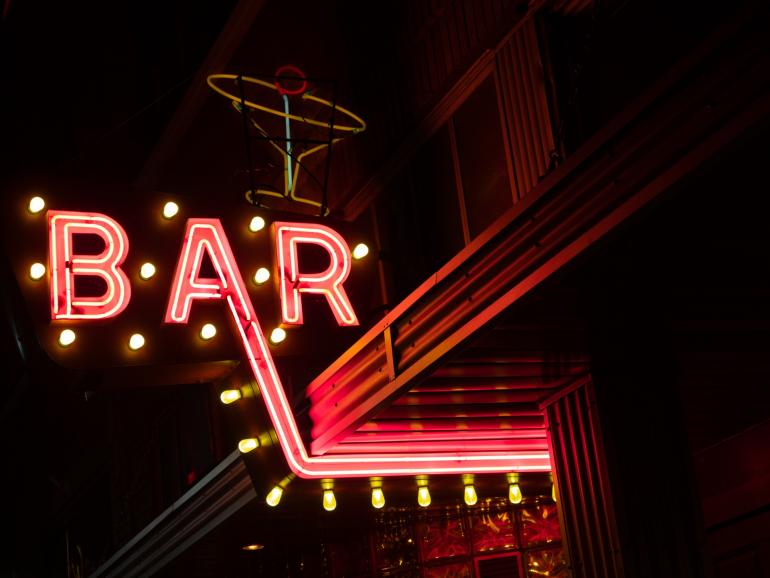
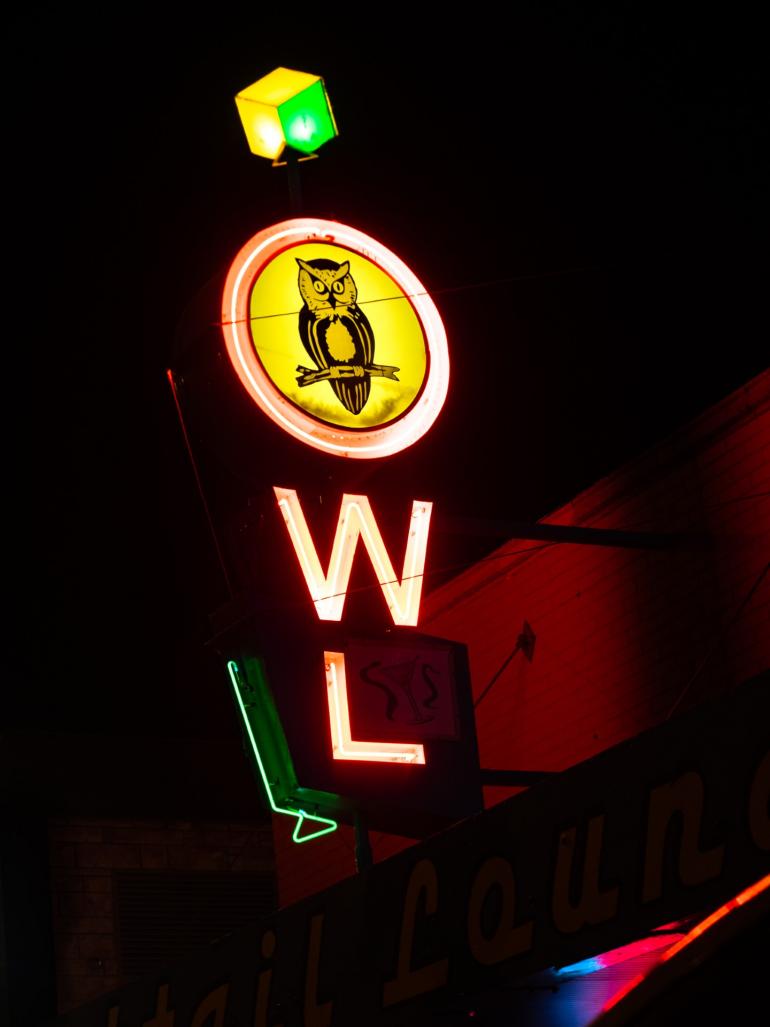
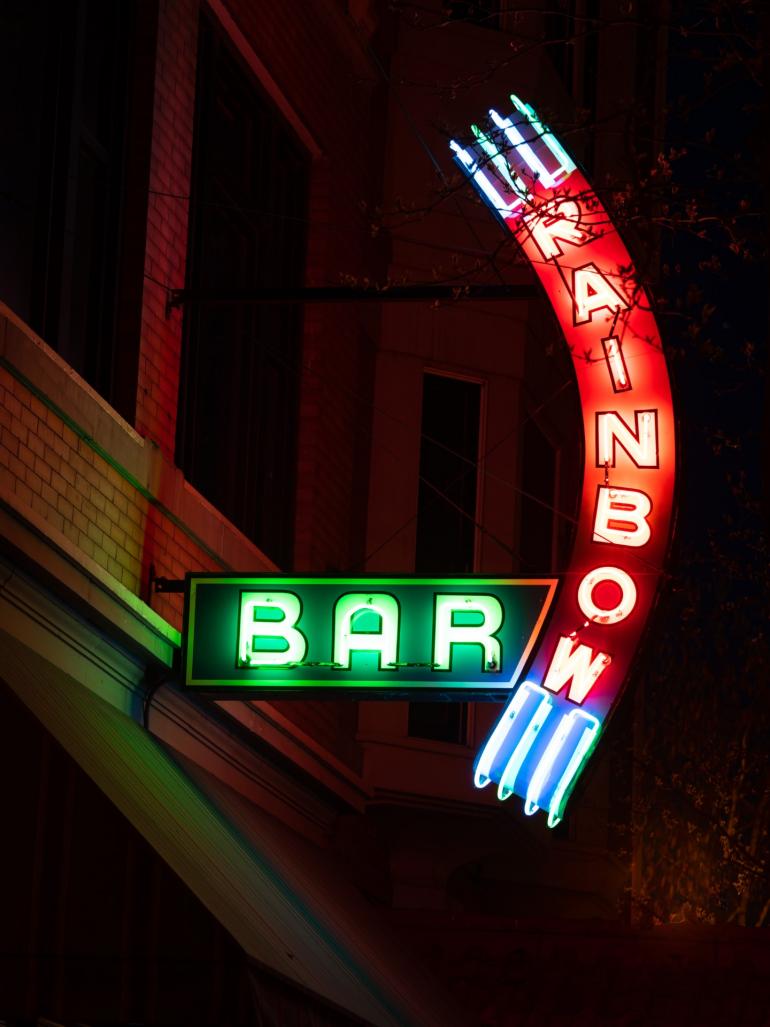

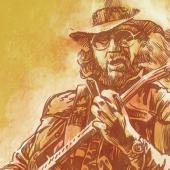
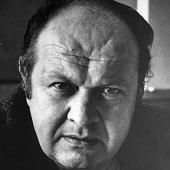
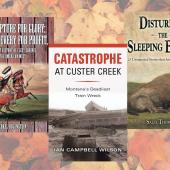
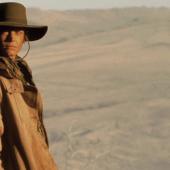



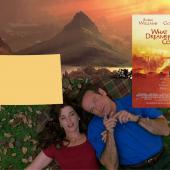
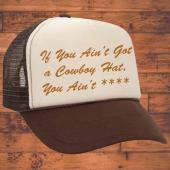


- Reply
Permalink